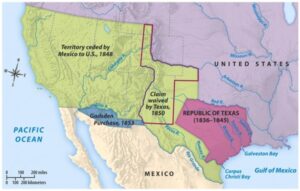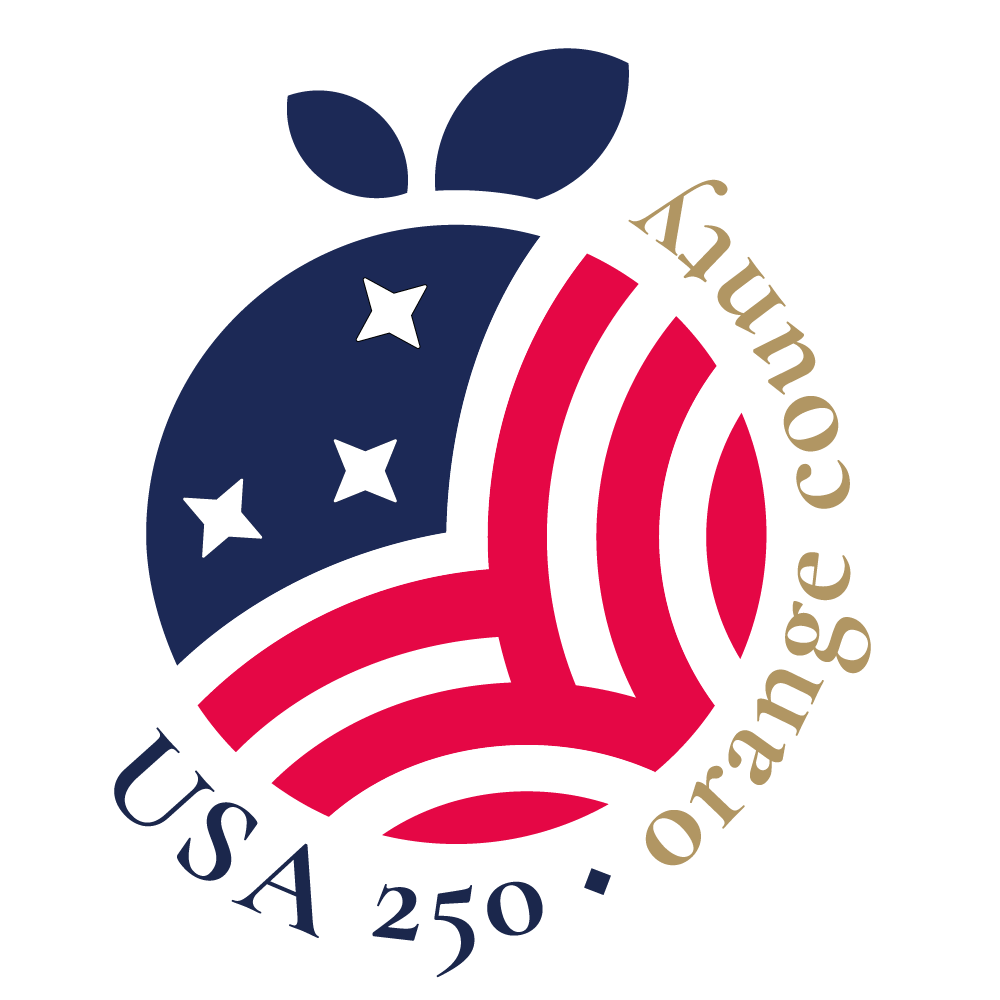
If one vote made the Declaration of Independence possible, could a series of “one votes” have made statehood possible for California? Consider this.
In 1842, Henry Shoemaker was a simple, hired farm worker who suddenly realized it was election day and he had promised Madison Marsh his vote for a seat in the Indiana General Assembly. Saddling up his horse and riding twelve miles to the polling place in Kendalville, he was suddenly confronted with a problem – there were no ballots containing the candidates he wished to vote for. Instead, only partisan “tickets” were available. Improvising and using his pen knife, he simply cut out from the different tickets the names of the men he wanted to vote for, rolled them up, and gave them to the elections inspector. When the votes were counted, Shoemaker’s were thrown out, leaving the vote count at 360 votes for Marsh and 360 for his opponent, Enos Beall.
Marsh immediately appealed to the Elections Committee which held hearings, listened to testimony, and eventually validated Shoemaker’s makeshift ballot. The legislature concurred, securing Marsh’s election to the state legislature by one vote.
Before the 17th Amendment to the Constitution was ratified, United States Senators were selected by state legislatures. As a new member of Indiana’s legislature, Madison Marsh would participate in deciding whether Senator Oliver Smith would return to the Senate or be replaced. The legislature was almost evenly divided between the Whig and Democratic parties; one or two votes would determine the outcome. On the first ballot, Smith, a Whig, secured 72 votes while two Democrats, Gen. Tilghman A. Howard and Edward Hannegan, received 74 and 3 votes respectively. On the second ballot, Smith received 75 votes, one vote short of the 76 required. On the sixth ballot, the Democrats abandoned Howard and elected Hannegan – by one vote. If Marsh had not been elected to the legislature – by one vote – Hannegan would not have been elected to the United Senate by one vote.
Four years later, in May 1846, prompted by a request from President James Polk, the United States House of Representatives adopted a resolution to go to war against Mexico. The final vote for war in the Senate for war was 40 -2. However, it masked the uneasiness and division that had earlier taken place among the Democratic majority. The Democratic Senators had determined they should vote as a unit and caucused to determine what that vote should be. To their consternation, they were not only evenly divided, but Senator Hannegan was absent. When sent for, Hannegan broke the tie and voted for war. His was the one vote needed to unite the Democrats and secure a declaration of war.
After the declaration of war on May 13, 1846, the United States Army occupied the capital of the province of Santa Fe de Nuevo México along the upper Rio Grande, commencing hostilities that would culminate in the Treaty of Guadalupe Hidalgo. Signed on February 2, 1848, the treaty ceded to the United States a huge expanse of territory, including the present state of California. In less than three years, California would be admitted to the Union as the 31st state.
Still believe your vote doesn’t count? Think again! It may end up counting much more than you will ever expect!
